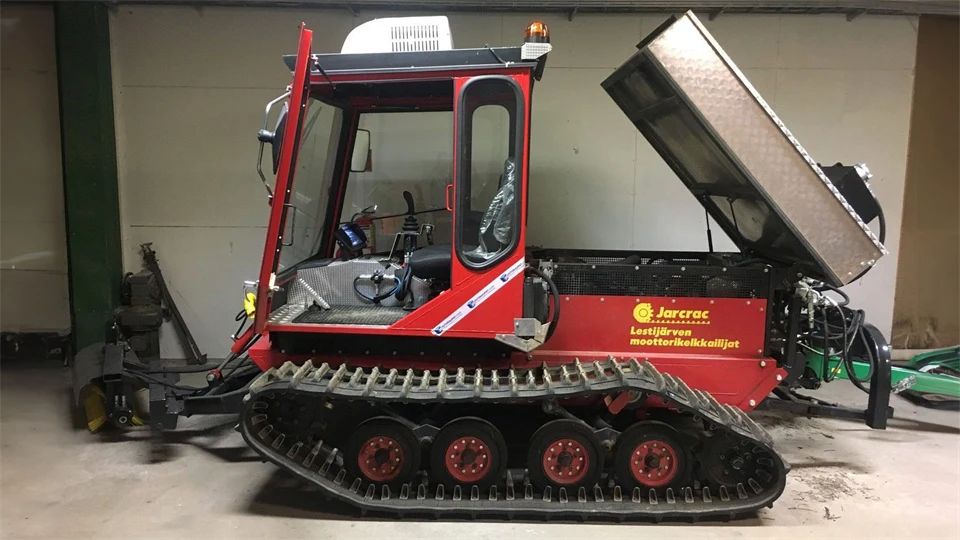Safer and more affordable vehicle electrification with low‑voltage technology
In a new project, Mid Sweden University is exploring how low-voltage batteries can be used to power vehicles and work machines. The aim is to reduce costs, improve safety, and simplify the design of electric drive systems through innovative low-voltage solutions.
The project builds on the research on 48V low-voltage systems that Mid Sweden University has been conducting for several years. Researcher Peng Cheng's work focuses on developing electric motors that can operate efficiently with lower voltage.
“There is a large market for electric motors. If you don’t need such high voltage, safety increases as well. By using lower voltage, the risks are reduced, while we can achieve the same functionality as with high-voltage designs,” says Peng Cheng.
Another advantage is that low-voltage batteries can provide sufficient power to drive work vehicles and other machines, while being cheaper than traditional high-voltage alternatives.
“We want to practically demonstrate how low-voltage batteries can be used in smaller machines that have safer batteries and sufficient capacity,” says Kent Bertilsson, project leader and professor of electronics at Mid Sweden University.
The project, carried out in collaboration with Finland's Oulu University of Applied Sciences and Norway's Arctic University in Tromsø, already involves more than 20 companies engaged in the development of the technology.
“We work together with the companies to understand their needs and get their feedback. It could involve forestry machines, snow groomers, or excavators. They all have different requirements, and we want to find the best solutions for various industries,” says Kent Bertilsson.
A key part of the project is to test the technology in realistic environments. Finland's Oulu University of Applied Sciences has a testing environment where various machines can be tested for different tasks. Norway’s Arctic University in Tromsø contributes its expertise in marine vehicles, such as fishing vessels and boats.
The project aims to create a more flexible and cost-effective solution for the electrification of machines and vehicles.
“We hope this will be a paradigm shift where people recognize the benefits and opportunities of low-voltage batteries. So far, electrification has focused on vehicles with long-range, which has required high-voltage batteries. But that is not a necessary feature for all types of vehicles,” says Peng Cheng.
Through the project, the researchers hope to demonstrate that low-voltage motors can be part of the future of electrification, with benefits such as increased safety, simpler vehicle design, and reduced battery weight.
“We hope to develop motors with a runtime of 2 – 3 hours, where batteries can be swapped instead of charged. This would provide increased flexibility, especially for companies working in remote areas,” concludes Peng Cheng.
The project has a total budget of approximately 15 million SEK, of which Mid Sweden University's share is 5.5 million SEK. The funding comes from EU´s Interreg Aurora, which contributes 9.5 million SEK, with Mid Sweden University receiving 3.5 million SEK. The remaining funds come from the project's partners and other financiers.
Contacts:
Peng Cheng, researcher at the STC research centre, Sensible Things that Communicate, at Mid Sweden University, 010-142 84 95, peng.cheng@miun.se
Kent Bertilsson, project manager and professor of electronics at Mid Sweden University, 010-142 89 15, kent.bertilsson@miun.se
Contact

